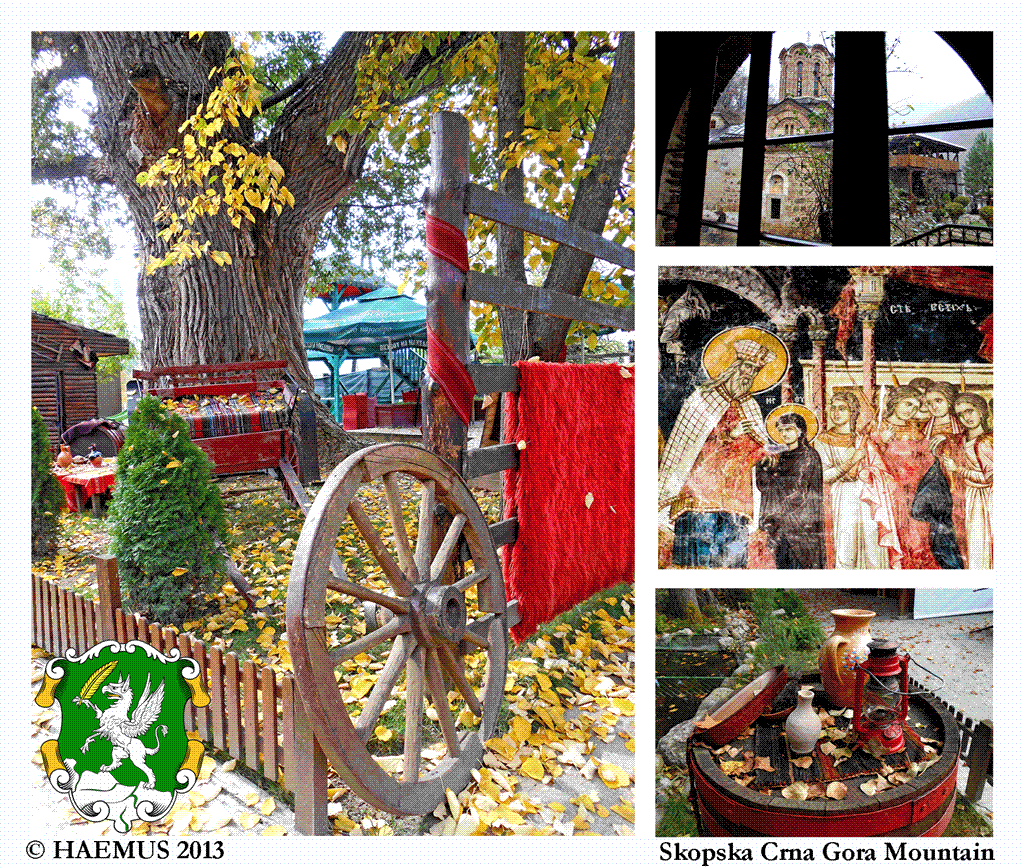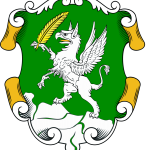‘Cultural Resource Management of Skopska Crna Gora Mountain‘ is a long-term project of HAEMUS introducing this location, both, to the science and the tourism sector. Cultural resources management (CRM) is the terminology unknown to the institutions in the Republic of Macedonia engaged in culture and cultural heritage. The detailed documentation of the Macedonian heritage is still the topic of many debates and its upcoming process.
View Skopska Crna Gora Mountain in a larger map
Due to its location in the vicinity of Skopje, Skopska Crna Gora Mountain (Skopje’s Black Mountain) provides magnificent pleasure in both, nature and cultural heritage. The landscape is intersected with many picturesque valleys and waterways, favorable climate lush in flora and fauna, and side by side village with authentic traditional architecture, beautifully vineyards, orchards, meadows and gardens with many sheepfolds and mills. A number of archaeological sites and especially the enormous concentration of preserved Byzantine churches on such a small area, gave the name of this location as the holly mountain of Skopje. Different ethnicities, reflecting the multi-ethnic and multicultural Macedonia, can be seen in the traditional folk costumes and clothes embroideries.

The project consists of identification, evaluation, and conservation of cultural resources such as heritage sites, objects, landscapes, and traditions and it strives to identify, document, evaluate, and represent community values. It demands expertise in archaeology, history, ethnography, anthropology, art history and architecture but the influence of the results can affect long-term planning in many spheres.
Landmarks
Archaeological Park – Brazda (village of Brazda) – the remains of the monumental tomb comprise of the dromos and the chamber are located within the fortified early antique settlement (7-4 century B.C ).
Monastery of Holly Archangels (village of Kuchevishte) – the original Byzantine church was built at the end of the 14th century, and it was first frescoed in 1591 with post-Byzantine scenes and themes with iconographic innovations.
St. Virgin Mary church (village of Kuchevishte) – the location known by the locals as the Holly Savoir church was erected around 1331 with original frescos, except in the calotte and the drum of the dome where they were re-painted in 1874.
Monastery St. George (village of Banjani) – the original Byzantine church was built around 1300 and contains preserved fresco painting from the time of foundations, as well as some frescoes from 15th century.
St. Niketas church (village of Banjani) – erected in 1316 by king Milutin, this original Byzantine church was fresco painted around 1324 as the last work of the brilliant medieval masters Michael and Eutychius. [more]
St. Nicholas monastery (village of Ljubanci) – built in the 19th century, the live monastery with nuns within the church comprises the iconostasis made by Dicho Zograf, the last zograf and first contemporary painter in Macedonia.
St. Virgin Mary monastery (village of Pobozje) – the live man monastery is famous by the miraculous icon of St. Virgin Mary. Due to lack of historical sources it is believed to be built during the Ottoman period in a post Byzantine style.
NEWS:
23.11.2013 HAEMUS organized field trip to Skopska Crna Gora Mount and discovered ‘Balaklija’, new unregistered archaeological site from Late Antiquity/Middle age [more]



